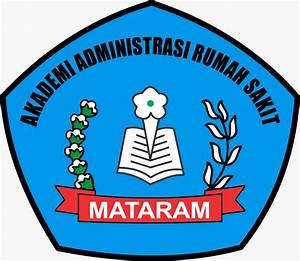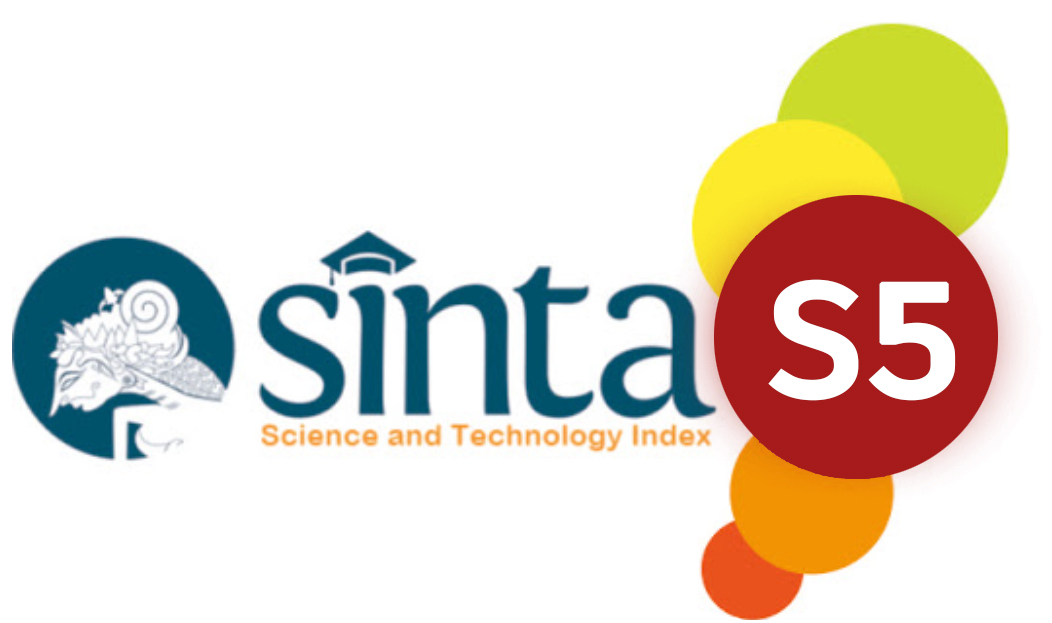PROFIL PASIEN KERATOSIS SEBOROIK DI POLIKLINIK KULIT DAN KELAMIN RSUP DR. M. DJAMIL PADANG TAHUN 2016-2019
DOI:
https://doi.org/10.59003/nhj.v3i4.1285Keywords:
age, gender, main complaints, location of lesions, therapy, seboroik keratosisAbstract
Seborrheic keratosis is a benign skin tumor that originates from the proliferation of the epidermis and the buildup of keratin on the surface of the skin. Factors that cause include age, sun exposure, and infection. Various indications for removal of the lesion include signs of malignancy, irritation with inflammation and especially for cosmetic purposes in patients with multiple lesions. KS cases are increasing overseas and quite high reported in several hospitals in Indonesia. This research to know and identify the profile of seboroik keratosis patients at Dr.M. Djamil Padang Hospital in 2016-2019. This type of research is descriptive. With cross-sectional study design. The affordable population in this study was patients diagnosed with seboroik keratosis who were treated at Dr.M. Djamil Padang Hospital in 2016-2019 with 80 samples in total sampling. Research variables consist of age, gender, main complaint, location of lesions. The most research found were ages 41-65 years, namely 37 people (46.3%), female sex of 54 people (67.5%), the main complaint of lesions increased by 22 people (38.8), 2 or more locations lesions were 33 people (41.2%) and surgical therapy of 43 people (53.7%). Seboroik keratosis patients at Dr.M. Djamil Padang Hospital in 2016-2019 most age 41-65 years, female sex, main complaints of increased lesions, 2 or more locations lesions and surgical therapy.
Downloads
References
Weedon D. 2010. Tumor of the epidermis. In: Weedon's skin pathology. 3rd ed. Elsevier.
Quinn AG,Perkins W. 2010. Non-melanoma skin cancer and other epidermal skin tumours. In: Burns T, Breathnach S, CoxN, Griffiths C, eds. Rook’s textbook of dermatology. 8thed. Oxford: Blackwell Publishing.
Robn GB, Brahm U. 2010. Pendit dermatologi dasar untuk praktek klinik. Tumor kulit. Jakarta: EGC.
Kennedy C, Bajdik CD, Willemze R. 2012. The influence of painful sunburns and lifetime sun exposure on the risk of actinic keratoses, seborrheic warts, melanocytic nevi, atypical nevi and skin cancer. J Invest Dermatol., 120: 1087-1093.
Kwon OS, Hwang EJ, Bae JH. 2019. Seborrheic keratosis in the Korean males: causative role of sunlight. Photodermatol Photoimmunol Photomed., 19: 73-80.
Gefilem G, Suling P, Kapantouw M. 2013. Profil tumor jinak kulit di poliklinik kulit dan kelamin RSUP Prof. Dr. R.D. Kandou Manado periode 2009- 2011. Jurnal E-Clinic, 1 (1): 1-10.
Memon AA, Tomenson JA, Bothwell J, Friedmann PS. Prevalence of solar damage and actinic keratosis in a Merseyside population. Br J Dermatol., 142 (6): 1154 -1159.
Anonim. 2016. Buku Register Kunjungan Polikinik Kulit dan Kelamin Wing Amerta Rumah Sakit Umum Pusat Sanglah. Denpasar.
Thomas VD, Snavely NR, Lee KK, Swason. 2012. Benign ephithelial tumors,hamartomas,and hyperplasias.In: Wolff K, Goldsmith LA, Katz SI Gilchrest BA, Paller AS, Leffell DJ, eds. Fitzpatrick’s dermatology in general medicine. 8thed. New York: McGraw-Hill.
Yeatman JM, Kilkenny M, Marks R. 2015. The prevalence of seborrhoeic keratoses in an Australian population: Does exposure to sunlight play a part in their frequency. Br J Dermatol., 137: 411.
Kolansky G, Tignanelli C, leshin B, Whitaker DC. 2016. Epidermal tumors. In: Roenigk RK, Ratz JL, Roenigk HH, eds. Roenigk’s dermatologic surgery current techniques in procedural dermatology. 3rd ed. New York: Informa Healthcare USA Inc.
Balin A. 2018. Seborrheic keratosis: background, pathophysiology, etiology. Emedicine. Medscapecom.
Rajesh G, Thappa DM, Jaisankar TJ, Chandrashekar L. 2011. Spectrum of seborrheic keratoses in south Indians: A clinical and dermoscopic study. Indian J Dermatol., 77 (4): 483-488.
Rosso J Q. 2017. Closer Look at Seborrheic Keratoses. J Clin aesthetic dermatology March., 10 (3):16-25.
Nadjar M, Anwar AI, Wahab S. 2015. Hubungan Keratosis Seboroik dengan Penyakit Kulit Lain. 28 (2): 38-42.
Harahap M, Rahmah L, Cahanar P. 2015. Tumor Jinak. Dalam: Ilmu Penyakit Kulit. Jakarta: Hipocrates.
Kartikasari D. 2018. Frekuensi Keratosis Seboroik Di RSUP Dr. Mohammad Hoesin Palembang Tahun 2014-2016. Universitas Sriwijaya.
Mawu FO. 2016. Tumor Jinak Kulit pada Wajah. e-Clinic, 4 (1): 641-644.
Lamb S. 2017. The management of benign skin lesions. NZFP, 33 (5): 328-331.
Barnhill RL, Rabinovitz H. 2010. Benign melanocytic neoplasms. In: Bolognia JL, Jorizzo JL, Rapini RP, eds. Dermatology. 3rd ed. Spain: Mosby Elsevier.
Shamim M. 2009. Diathermy vs. scalpel skin incisions in general surgery: doubleblind, randomized, clinical trial. World J Surg., 33 (8):1594-1599.
Downloads
Published
How to Cite
Issue
Section
License
Copyright (c) 2023 Tripuspita PAF

This work is licensed under a Creative Commons Attribution-NonCommercial-ShareAlike 4.0 International License.
NHJ is licensed under a Creative Commons Attribution-NonCommercial-ShareAlike 4.0 International License.
Articles in this journal are Open Access articles published under the Creative Commons CC BY-NC-SA License This license permits use, distribution and reproduction in any medium for non-commercial purposes only, provided the original work and source is properly cited.
Any derivative of the original must be distributed under the same license as the original.
























